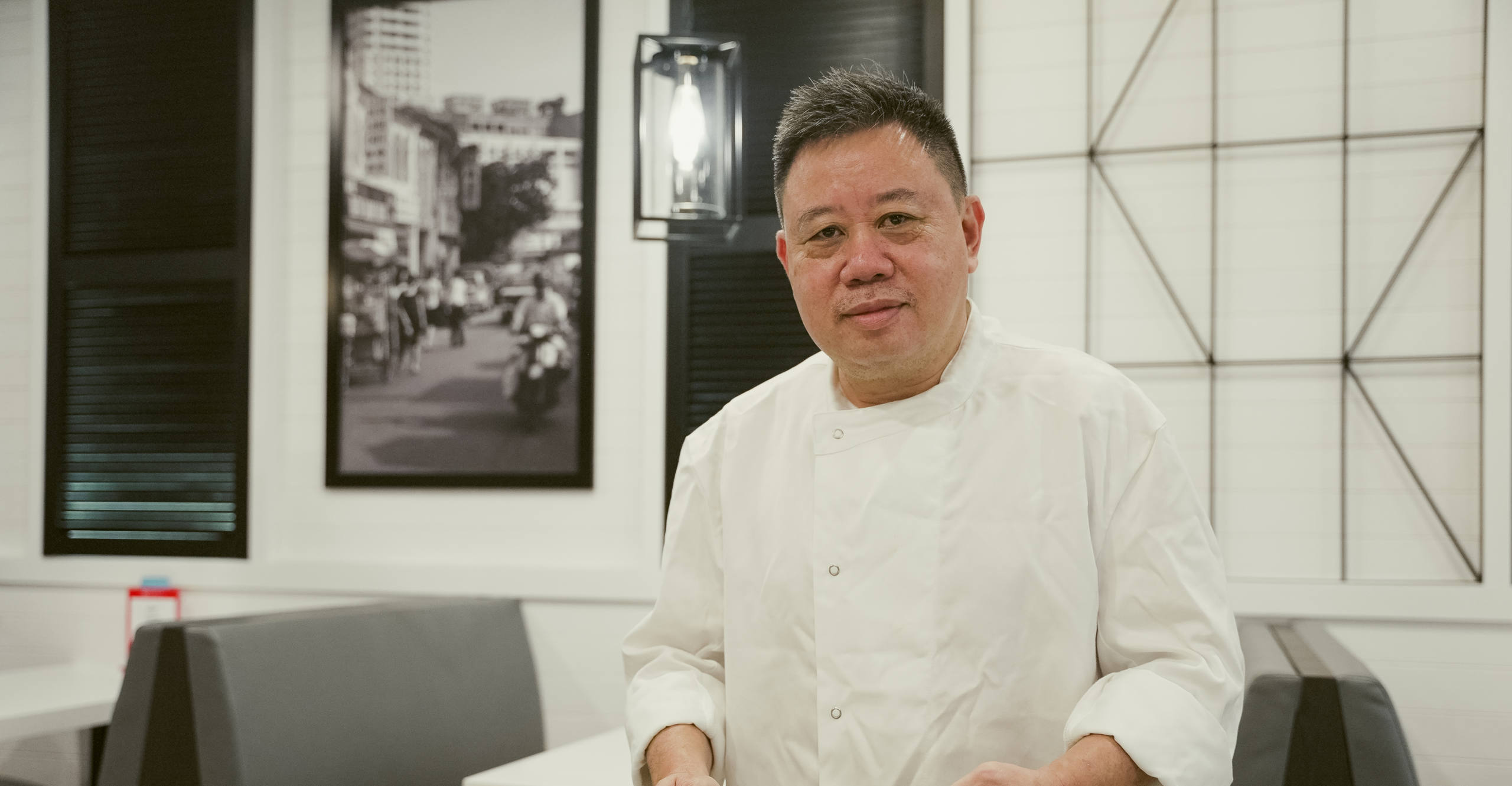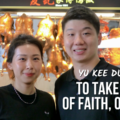Sail along the Straits of Malacca and you’ll reach a sunny island that might remind you of Singapore—Penang. As the food capital of Malaysia, Penang’s fare is one to rival ours in terms of taste, variety and price. It goes to say that its cuisine has harboured a loyal following of foodie fans! Bridging the Straits and bringing a part of the island’s rich culinary heritage to our shores is Penang Culture, the first halal-certified Penang-themed restaurant in Singapore.
Gurney Drive in Ang Mo Kio?
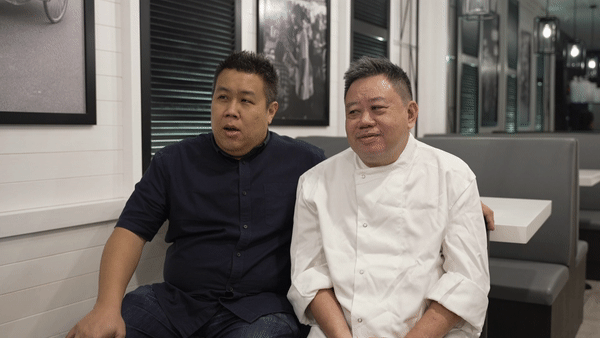
Penang Culture is helmed by Chef Wong, a true-blue Penangite and avid char kway teow lover, alongside co-owner Shawn Lim. The passionate duo first started their business in 2010, naming their restaurant “Gurney Drive” after the open-air, seafront hawker center with the same name. Say “Gurney Drive Hawker Center” to most Penangites and most would have the same vivid image pop up in their minds. Rickety, old-school, foldable metal tables and stools under sun parasols. Rows of lok lok (steamboat skewers) and sotong bakar (grilled squid) stalls, and the clanking of ladles against fiery woks. As the hawker center comes alive in the evenings, it is no wonder that it has become a symbol of Penang’s vibrant food scene.
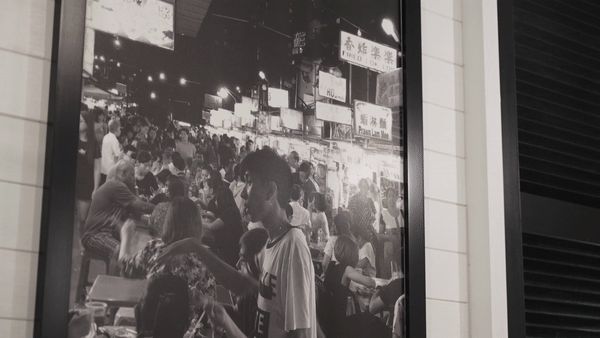
Chef Wong and Shawn had clear goals in mind. To pay homage to the culinary traditions that have been passed down through generations of streetside hawkers, while elevating the standard of Penang food in Singapore, would mean that they have succeeded at their task.
After opening their second outlet at Suntec City, more and more Muslim customers requested for halal, pork-free versions of their Penang street fare. With this, Gurney Drive was reborn as Penang Culture, complete with a halal certification to cater to more customers. With most of their ingredients imported from Penang or from other Malaysian states, authenticity remains at the forefront of their creations.
Overcoming rough patches

Despite the brand’s success, it was not all smooth and gentle waters. About four years ago, Chef Wong suffered from a stroke on a flight back to Penang. Recovery alone took two to three months. In this period, Chef Wong had to take his recuperation step-by-step and gradually returned to the kitchen. Even after the ordeal, gruelling and strenuous work was out of the question, including day-to-day cooking at the outlets’ kitchens.
“What made me come back? My love for cooking.”
Chef Wong, Co-owner of Penang Culture, on his experiences after his stroke
Chef Wong continues to be the head and heart behind the well-loved recipes of Penang Culture, helming the central kitchen and carrying out the brand’s R&D instead. This has allowed him to keep pursuing what he loves—to recreate the iconic flavours of Penang in Singapore—without putting more strain on his health.
Penang Culture’s hawker favourites

Penang Culture boasts three iconic renditions of the island’s street fare on their menu. Char kway teow is no stranger to Singaporeans. Penang’s version, though, is vastly different from what we are accustomed to. Stir-fried with high-quality light soya sauce, the Penang Fried Kway Teow ($13) leans more toward savoury rather than sweet. What is most striking about this dish is a deep, smoky flavour that permeates each bite. It’s surprising, considering that no pork lard has been used at all! Topped and completed with chives, fish cakes, shrimp and hum (blood cockles), this kway teow dish is all ready to be devoured. (Oh, trust me. You’ll be licking the plate before you know it.)
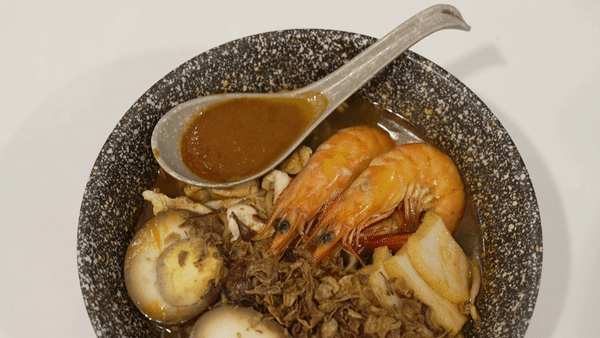
Another star on the menu is the hokkien mee, or Penang Hokkien Prawn Noodles ($12). With a slight spice from the soup, plus a natural sweetness from fresh prawns, their version is definitely reminiscent of the best bowls of hokkien mee I’ve had at Penang’s curbside stalls. Shawn tells us that cooking the soup used to require a lot of effort, with six hours’ worth of simmering over fire. With technology, this laborious process has been cut short to 1.5 hours without compromising on its taste. That’s a win-win!
Finding inspiration in mom’s recipe

What’s a trip to the island without slurpin’ on a bowl of Penang Assam Laksa ($11)? The restaurant’s version comes from a recipe from Chef Wong’s mom, who used to cook it for the whole family. Chef Wong fondly recalls having eaten the very same laksa dish for breakfast, lunch and dinner in a single day. With such a story, you can be sure that Penang Culture’s version is one you can’t and won’t get enough of.
Assam, or tamarind, gives the laksa broth its signature acidity. The soup is also infused with a variety of aromatics, from ginger flower and laksa leaves to lemongrass. This laksa comes with a hefty portion of mackerel, plus cucumber, pineapple cubes, and onions for some crunch. Don’t forget to stir in a spoonful of fermented shrimp paste, or hae ko, to add a hint of sweetness and depth.
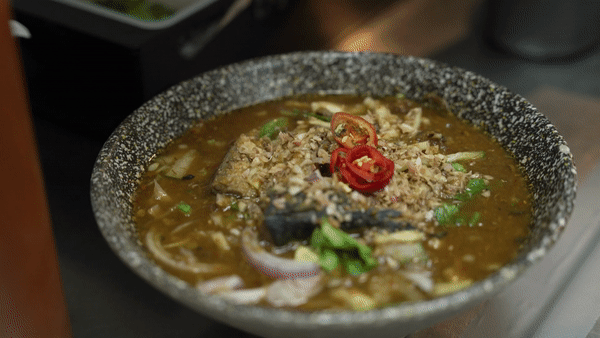
What really makes this bowl of laksa 100% authentic is the noodles. Imported from a dry beehoon (vermicelli) factory in Penang, they are different from Singapore’s thick vermicelli, or chu mi fen. Instead of the usual QQ springiness, they are soft enough to chew through on your first bite and bears more resemblance to mee tai mak. Absolutely to-die-for.
10 years of Penang Culture
At the end of the interview, Shawn mentions that it has been almost a decade since Penang Culture opened its doors. 10 years of hard work and 10 years of striving for the best and most authentic Penang flavours—we can only imagine how much better it would get in yet another decade.
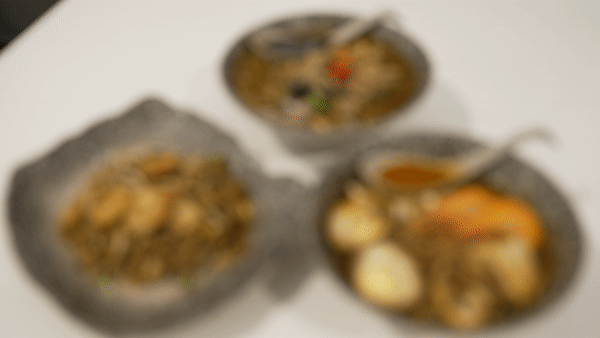
Missing Penang? Crossing the causeway for a leisurely trip might not be on the books for now. But don’t fret. Calling on memories of your trips with authentic Penang food might fix your wanderlust. Time to have a homebound feast and have a slice of food paradise with Penang Culture, delivering islandwide via Oddle Eats!

